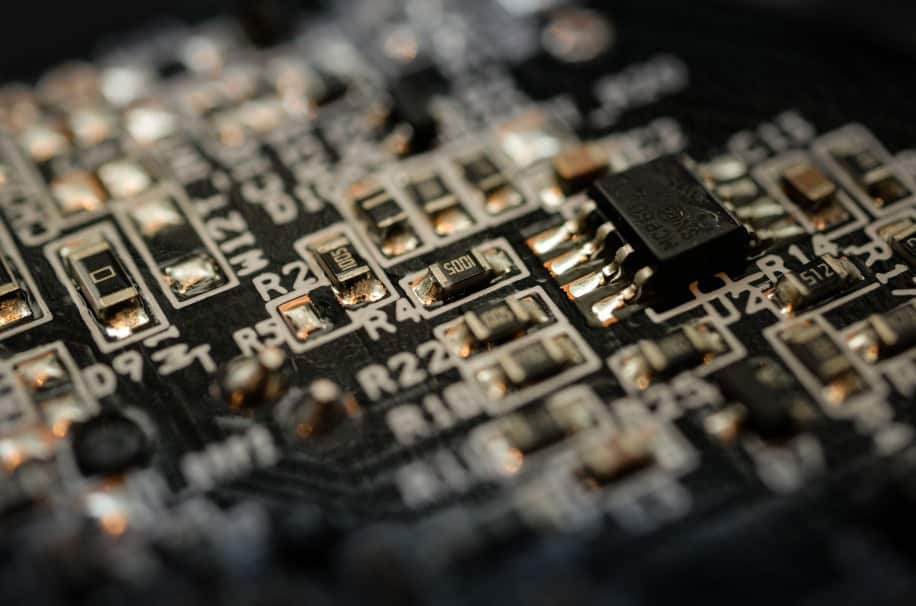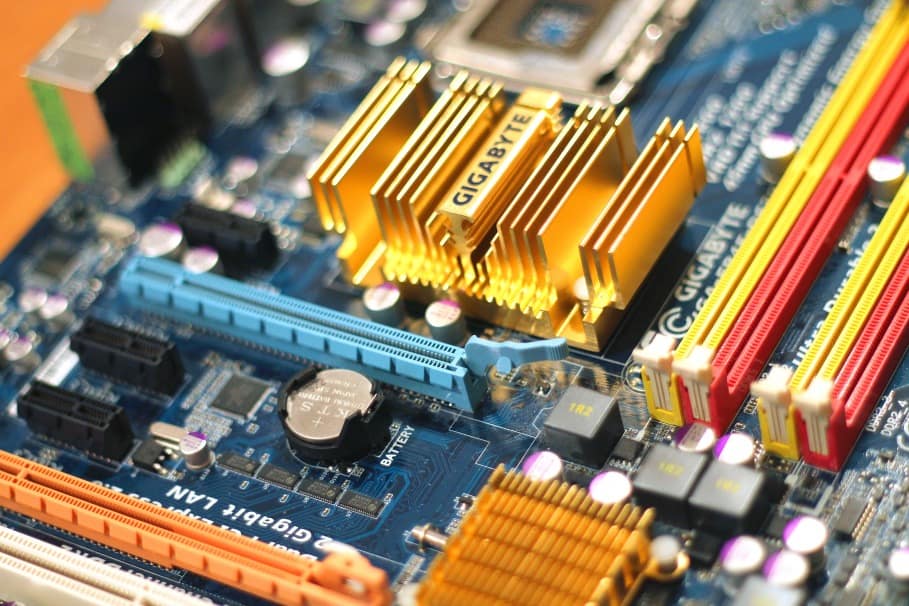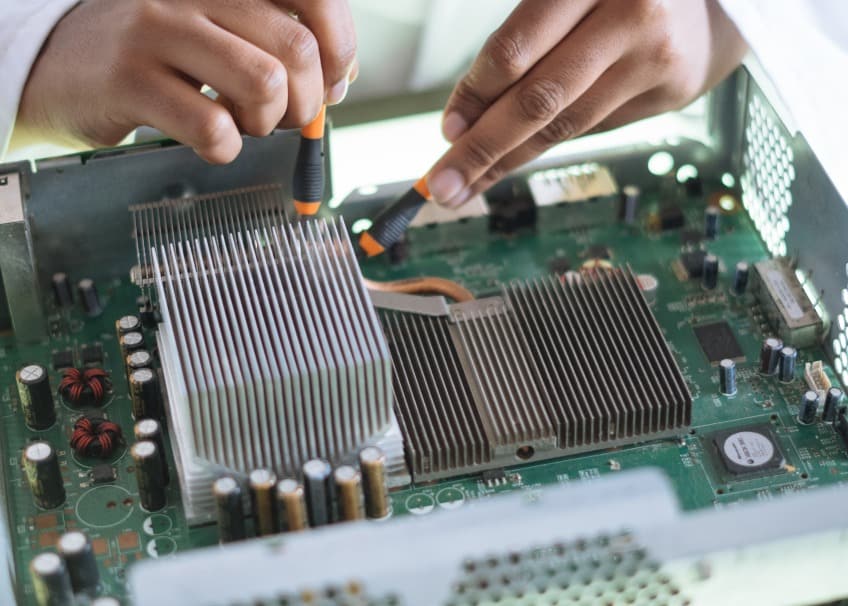Do you know how to find out what motherboard you have? Do you even know where it’s placed? While most people know that the motherboard is the heart of the computer, many people still mistake it for being the same as the CPU. It’s not. Here, you’ll learn what a motherboard is and how you can find out what kind of motherboard you have.
Table Of Contents
What is a Motherboard?

The motherboard is placed at the very back of a computer. If you open that part, you would have to go through a few wires and components before you see the motherboard. Take note, though, that while motherboards generally look the same, there are different kinds. Of course, different motherboards have different components and layouts.
Related: VGA Light on Motherboard – What Does It Mean?
4 Ways to Know What Motherboard You Have
Curious to know what motherboard you have. Here are four ways to figure it out.
1. By opening your computer
The first method is probably the hardest one, especially when you aren’t a techie, and you prefer not to touch any internal components. While it’s the hardest, doing this can give you a glimpse of what the inside of a computer looks like.
To open your computer, you will need a screwdriver by your side. Don’t forget to turn off your computer before cracking it open at the back. Unplug all the cables behind it when it’s shut down and ensure you can remove your computer.
When that’s settled, place the computer on a flat surface and remove the screws at the back. Once you open it, you’ll see a board at the very back (this is often colored green) with lots of wires, small components, and slots. That is the motherboard. It will contain the brand and the model of the board.
2. By using a command prompt
Unlike opening your computer, there is an easy way to check what your motherboard is with just a few clicks and commands. This is through the command function.
- Go to the search bar on your Windows computer and type “cmd.”
- Press enter, and a command prompt window will show. You’ll know you did it right if the window is black and has white text.
- Then, type “wmic baseboard get product, Manufacturer”. Remember that you should copy this word-for-word, so you don’t get any errors.
If your operating software is Windows 10 and above, the command you will type is slightly different. Type ‘wmic baseboard get the product, Manufacturer, version, and serial number’. This pulls up motherboard information, including the manufacturer name, serial number, and the version.
Once you type it, press enter and you will see two lines below it stating the manufacturer and the motherboard you have. When you’re done, exit the window.
3. By going through the ‘System Information’
Another easy way to know what motherboard you have is through the System Information menu. Go to the Windows search bar and type ‘System Information. Then, press enter.
A window will show your computer’s details, including the system model, processor, locale, username, etc. You can also see the manufacturer, model, and name through this list. Take note that motherboards have different names across manufacturers. Some call it motherboard, some call it baseboard, and others call it mainboard. If you don’t see the word ‘motherboard’, don’t panic. It’s probably just called something else.
By using a third-party software
Lastly, you can use third-party software. In all honesty, if all you want to know is your motherboard, its manufacturer, and its serial number, then you don’t need to get third-party software to do that. Based on the steps above, you can extract everything you need about your computer through the command prompt and the system information.
Nonetheless, if the third-party software you’re eyeing has other features that will help your computer, then, by all means, you can use it, too. CPU-Z and Speccy are third-party software used for knowing more about your motherboard.
These apps will vary on how you’ll be able to know what your motherboard is, but usually, you will have to fire up the software, and it will show you what you need to know.
Why You Need to Know What Your Motherboard Is
If you’re using your personal computer for browsing and everyday administrative tasks, it’s not essential to know much about your motherboard. These simple tasks don’t require upgrading a motherboard unless it’s ancient.
However, it’s different when you want to upgrade your computer and have no idea where to start. You’ll have to do some research first on what you should get or be able to play the games you want and use a lot of heavy software.
During this research process, you will realize that identifying your motherboard will determine what you can connect and use. It makes sense, too, because if your ports are insufficient for the components you need, it will all be a waste.
Knowing your motherboard will help you identify if it needs an upgrade and what other things you can place on it (like CPU, GPU, heatsink, etc.). This will be a relatively long process because aside from doing research, you also need to compare the motherboards you see online to the motherboard you have. With this comparison, you can identify what you’re lacking and how your motherboard fares with the others.




